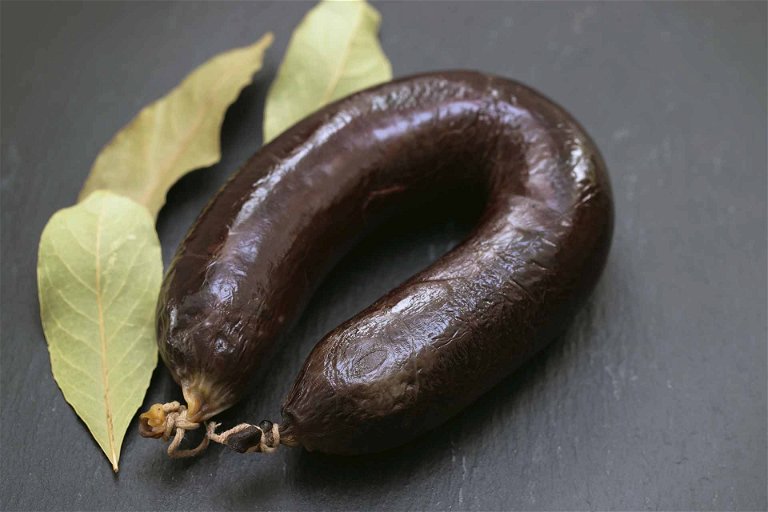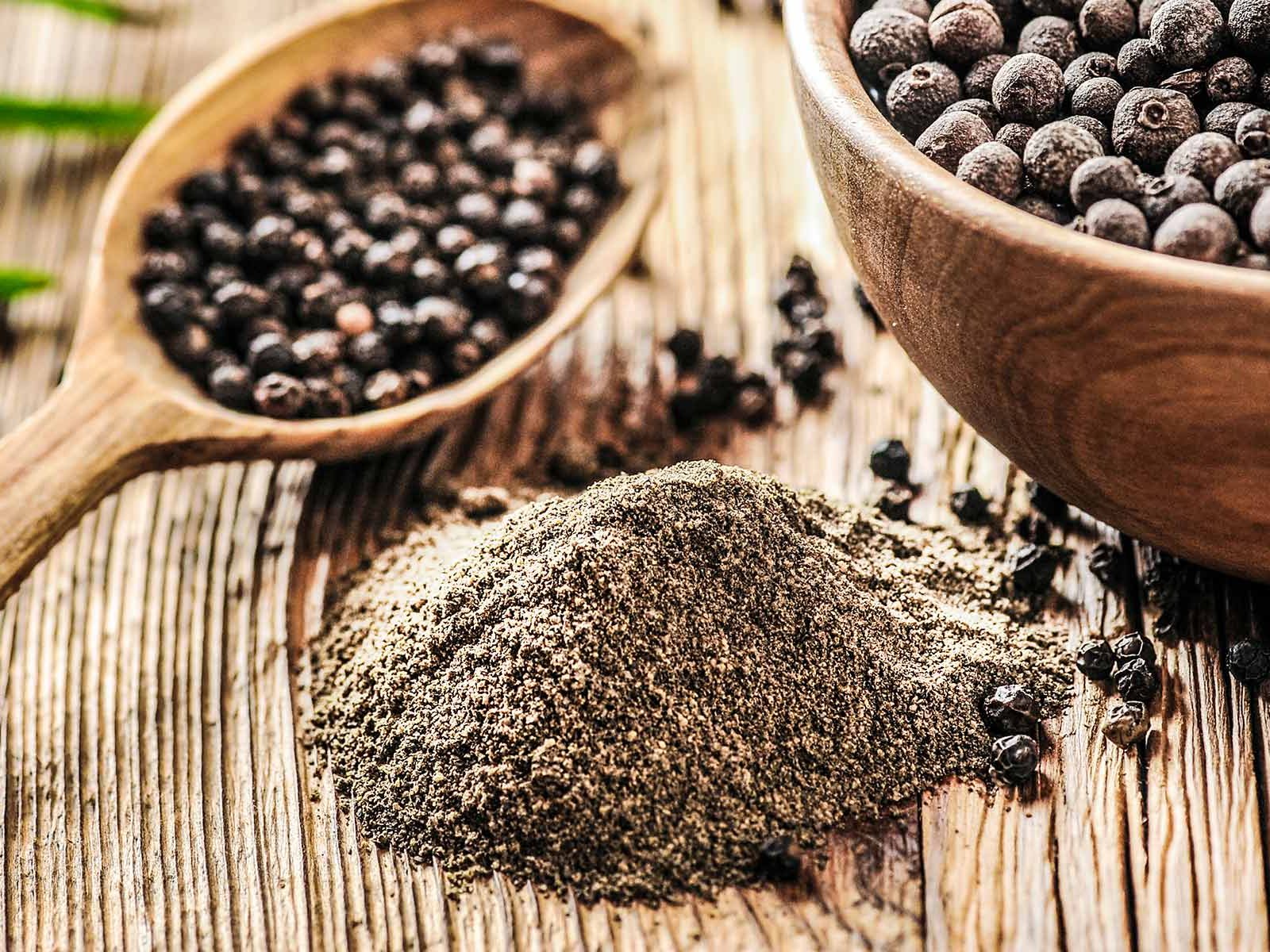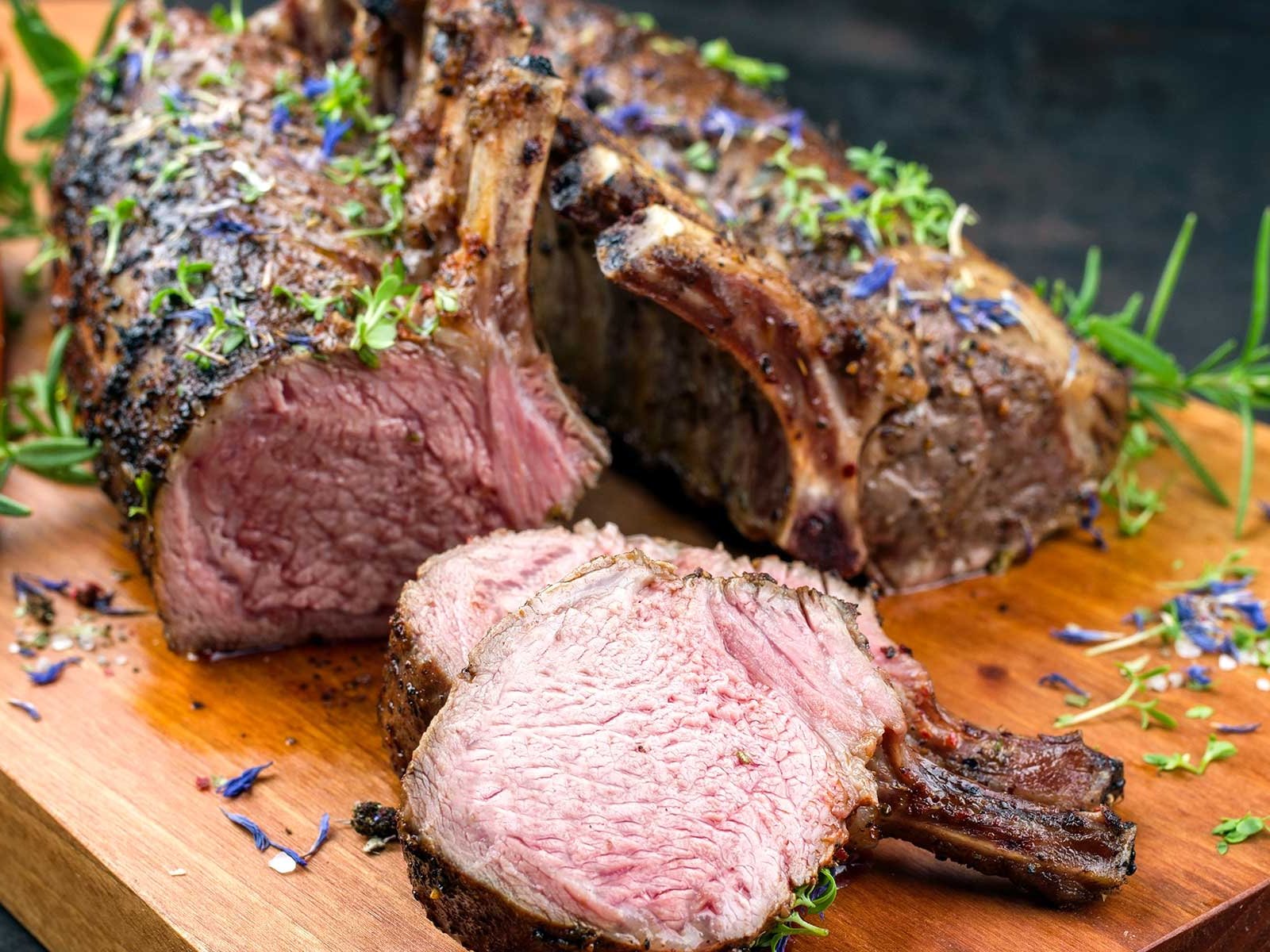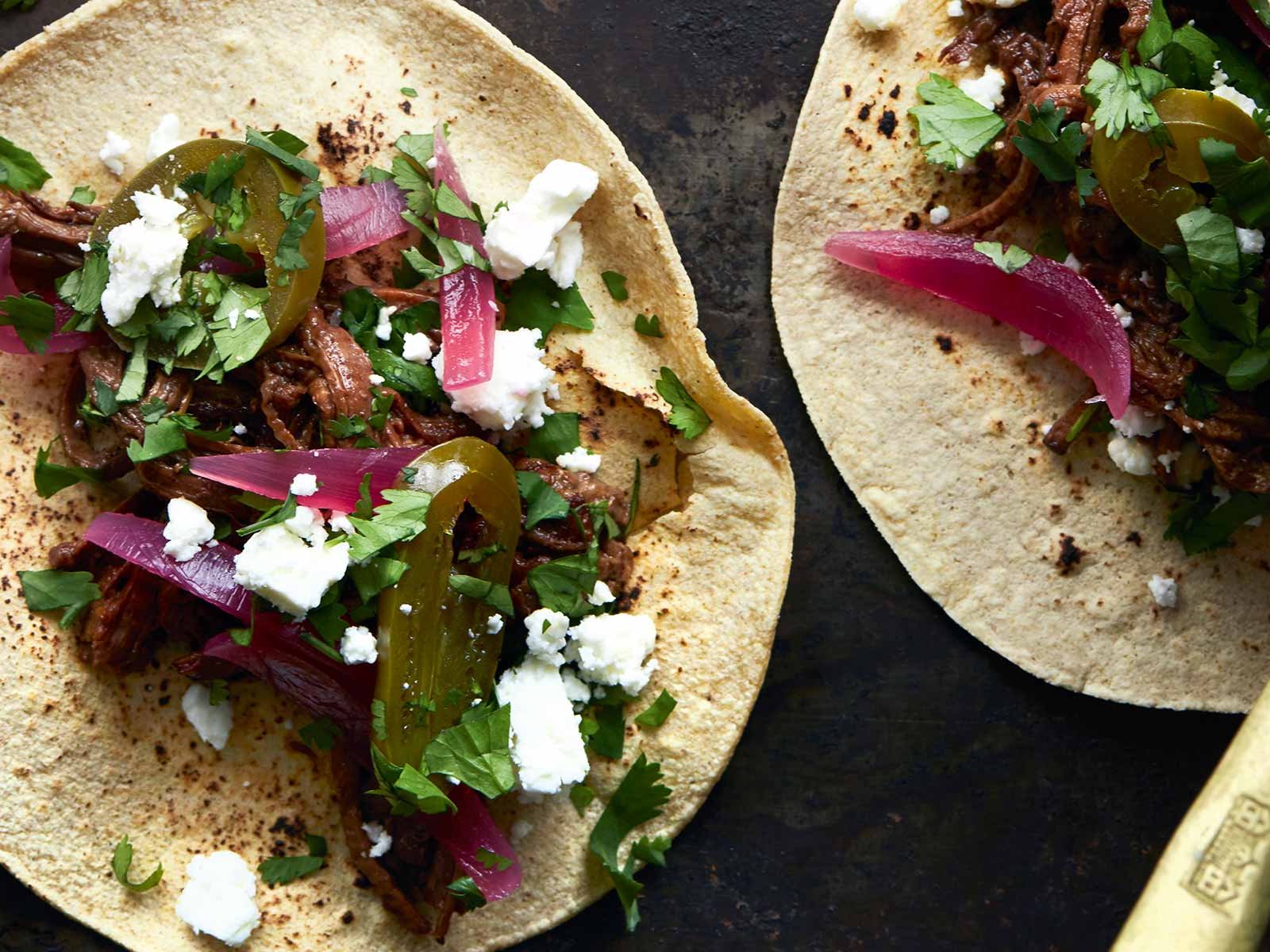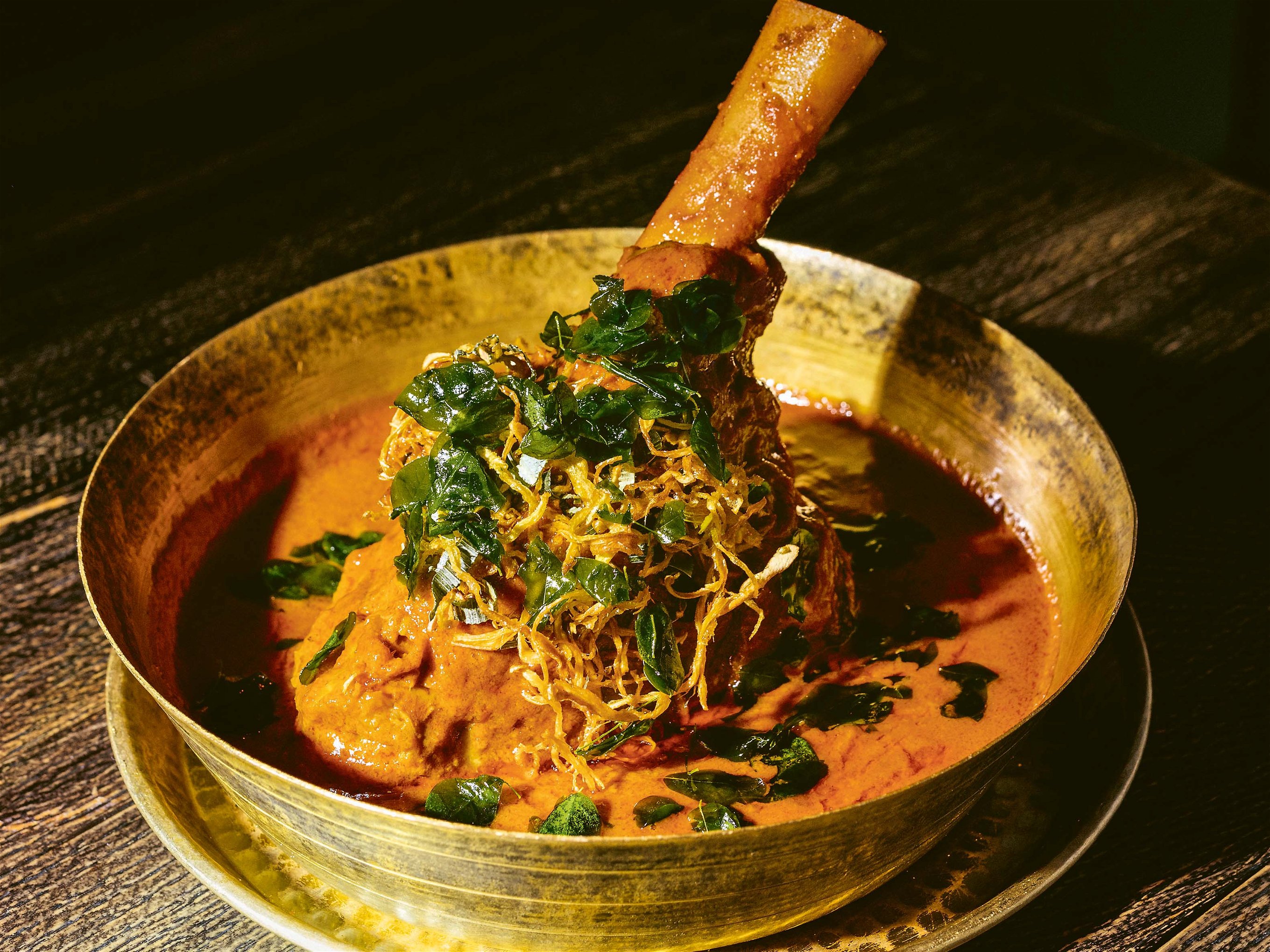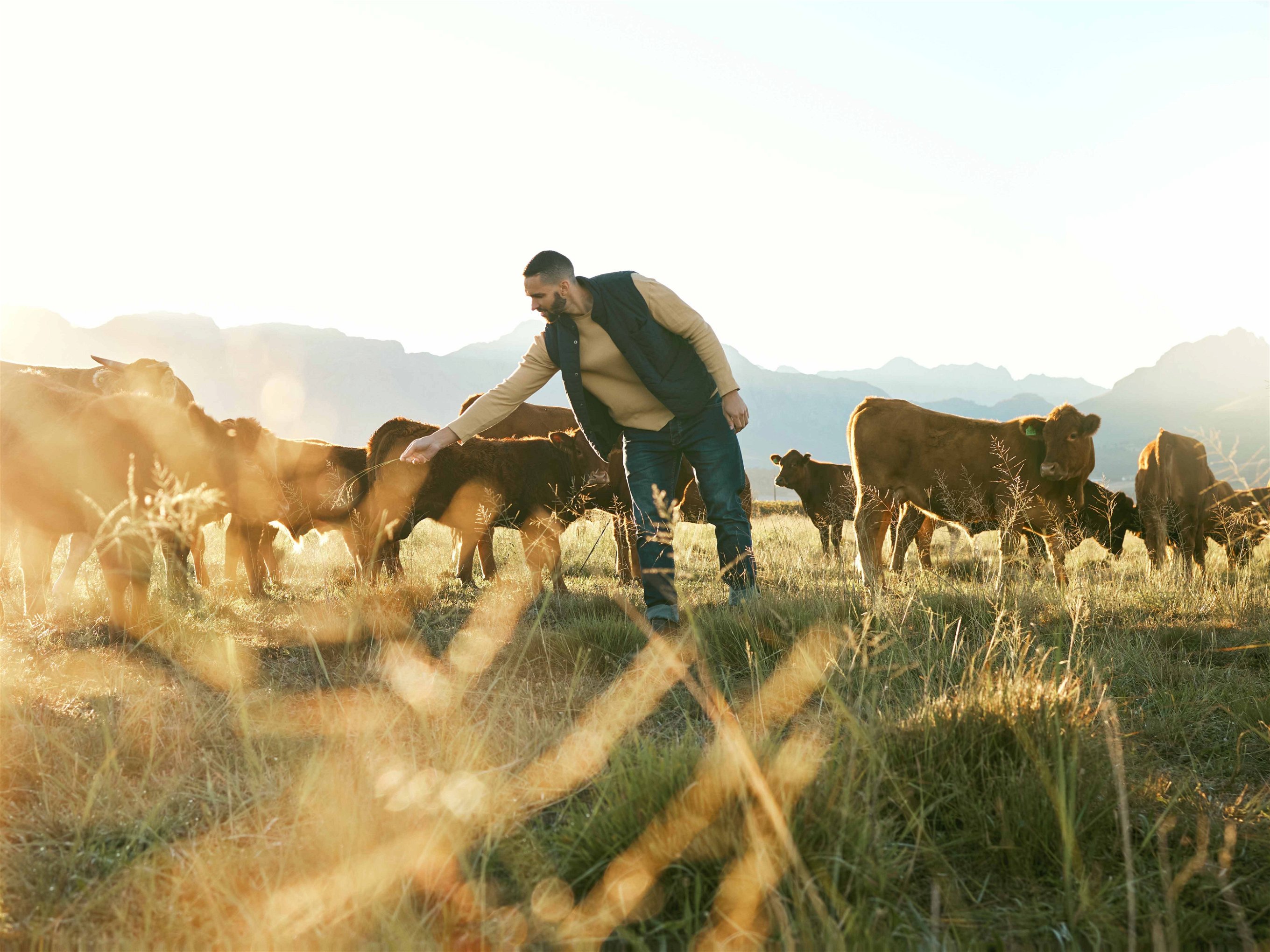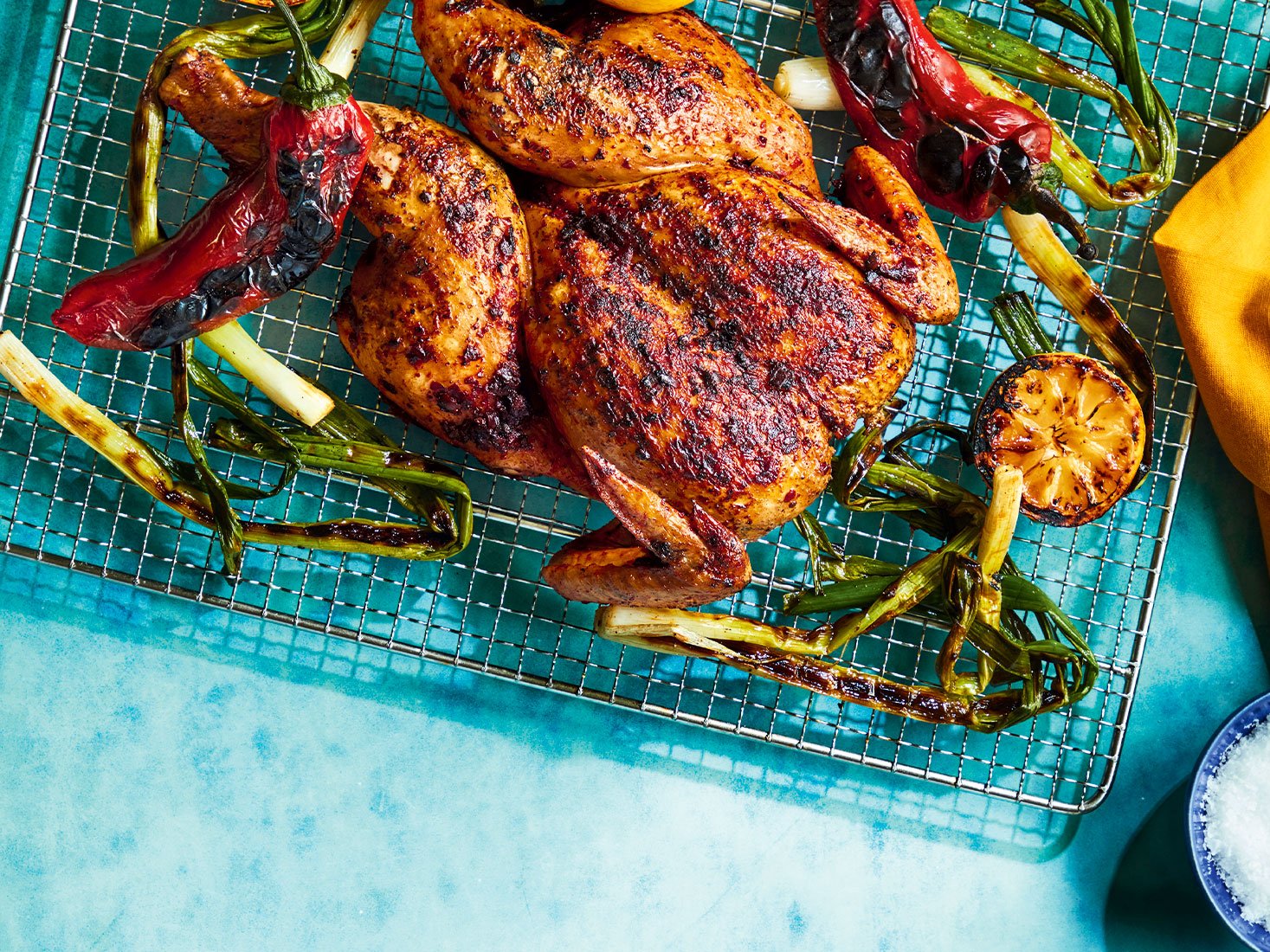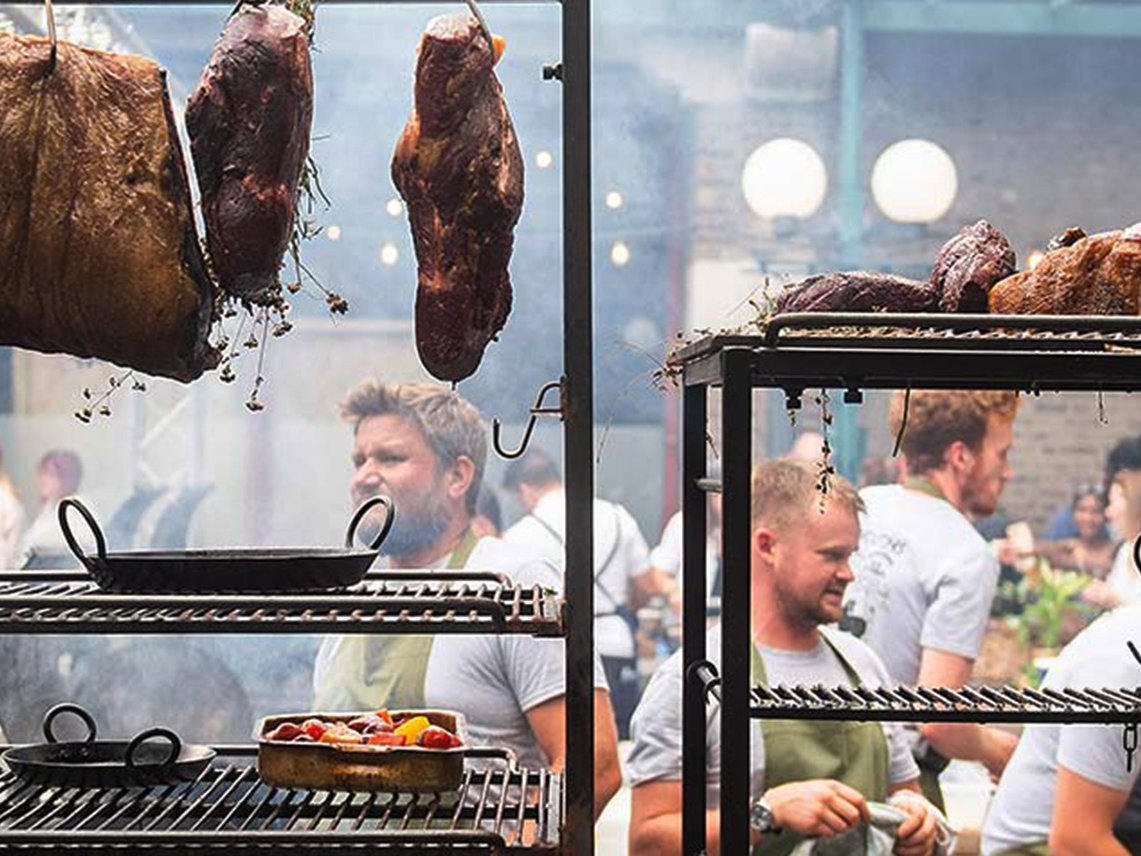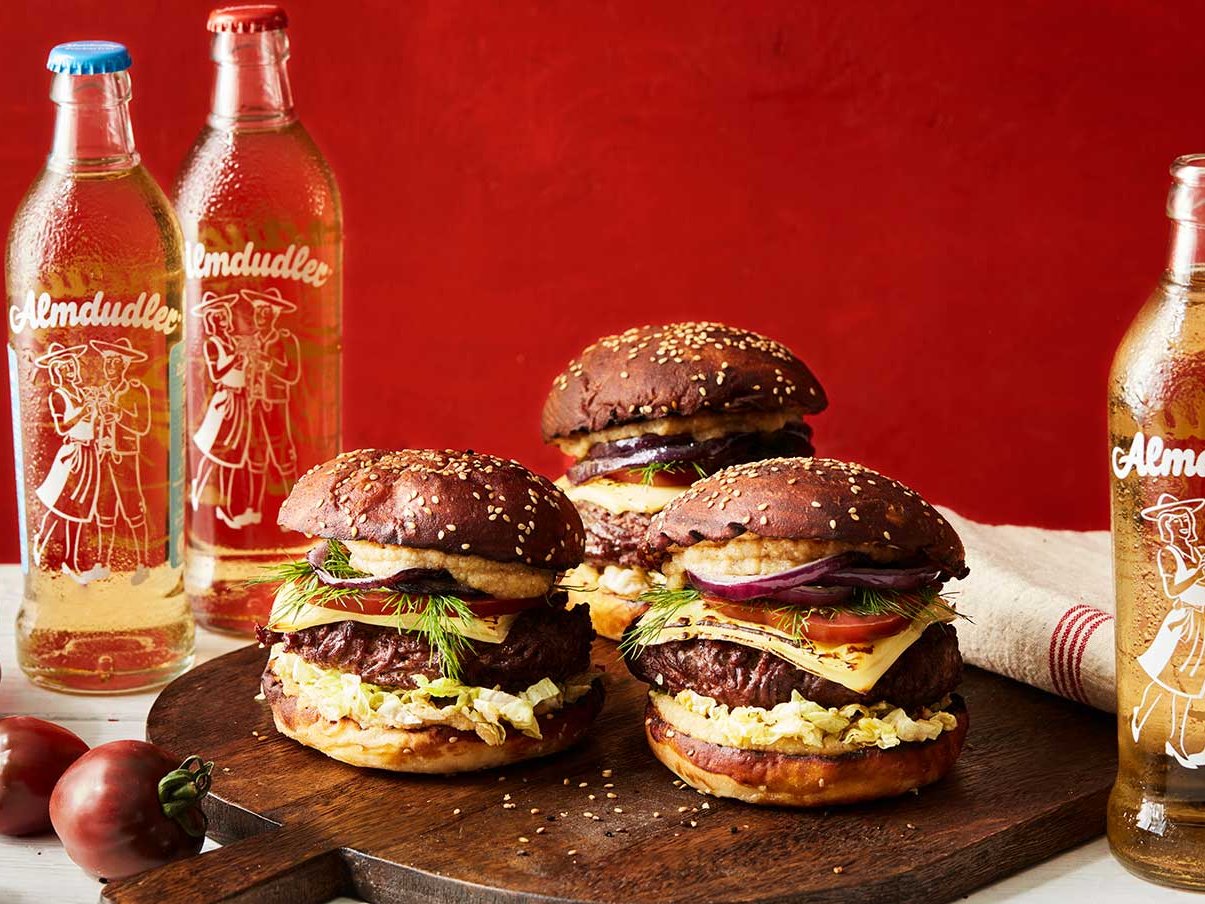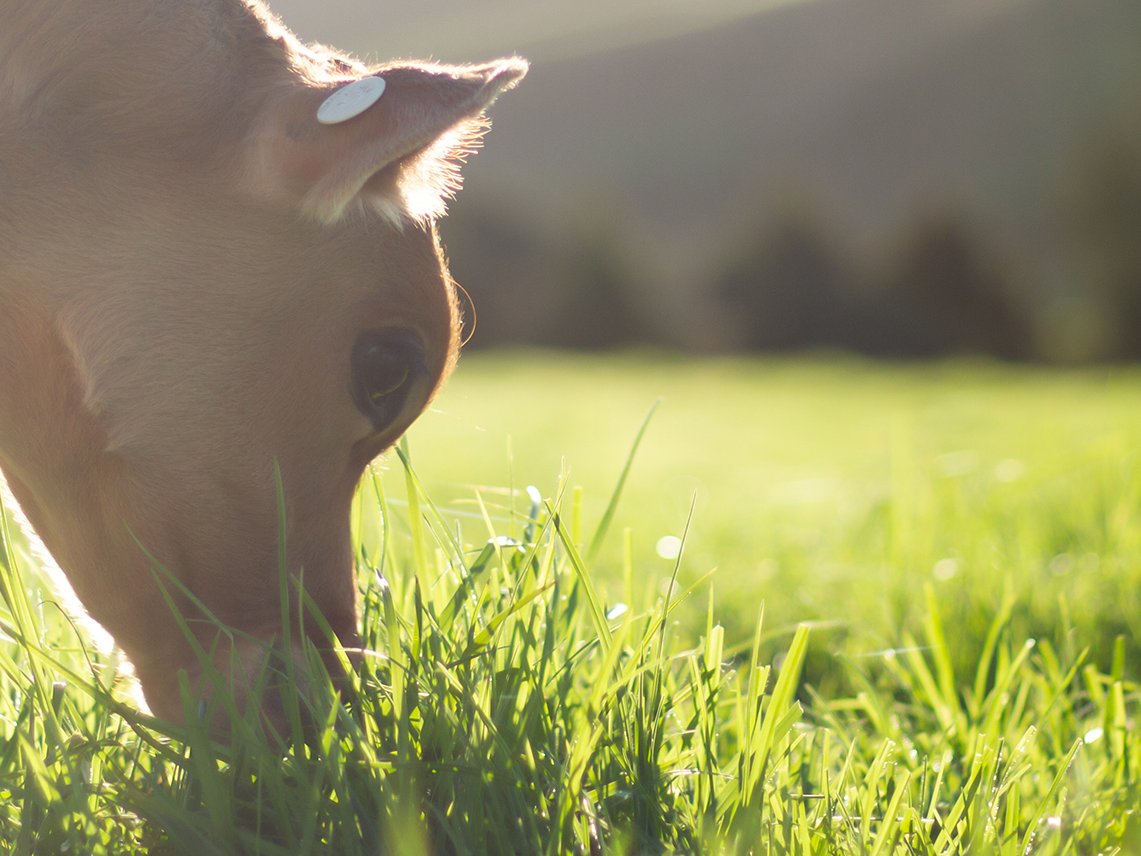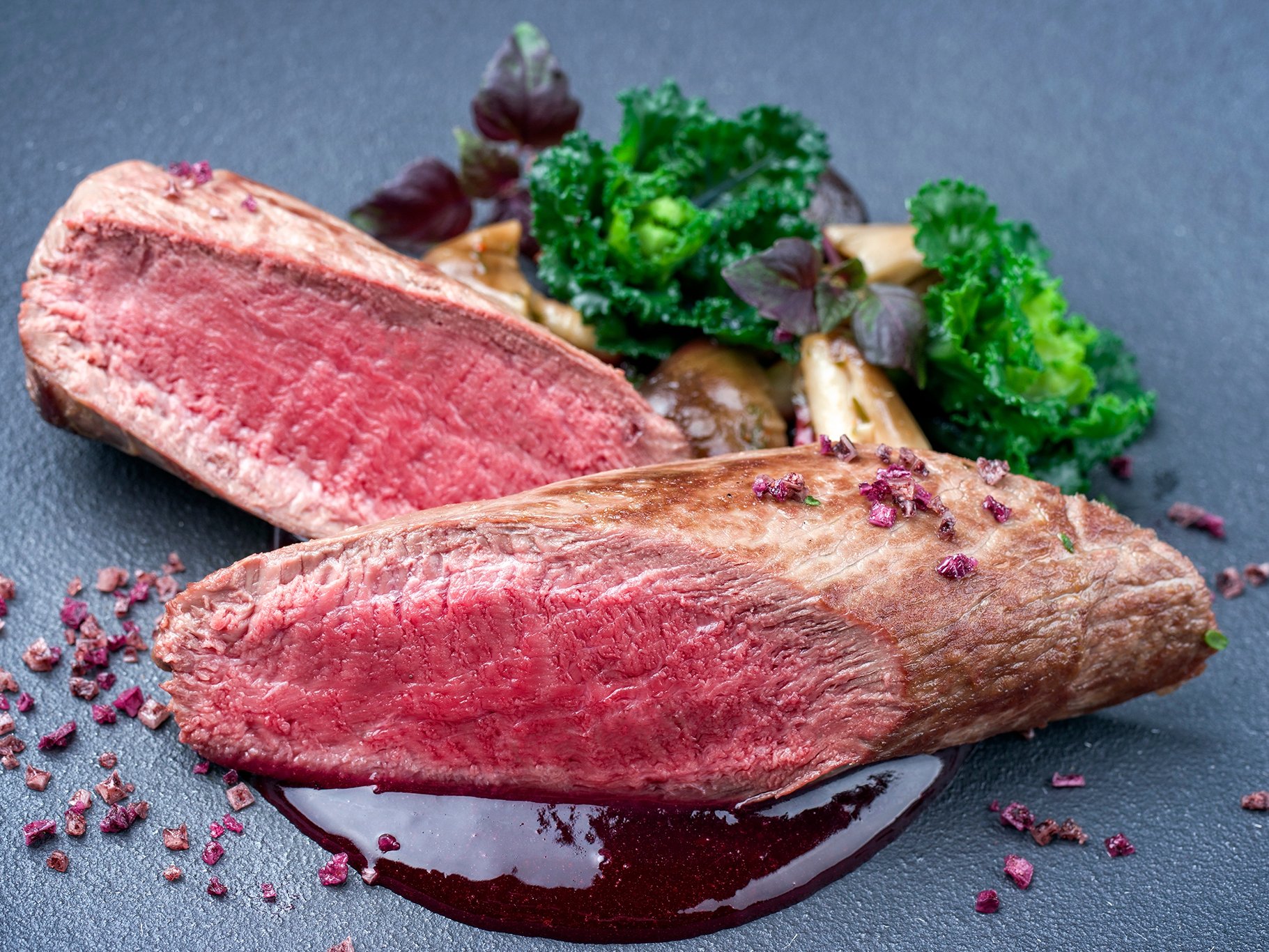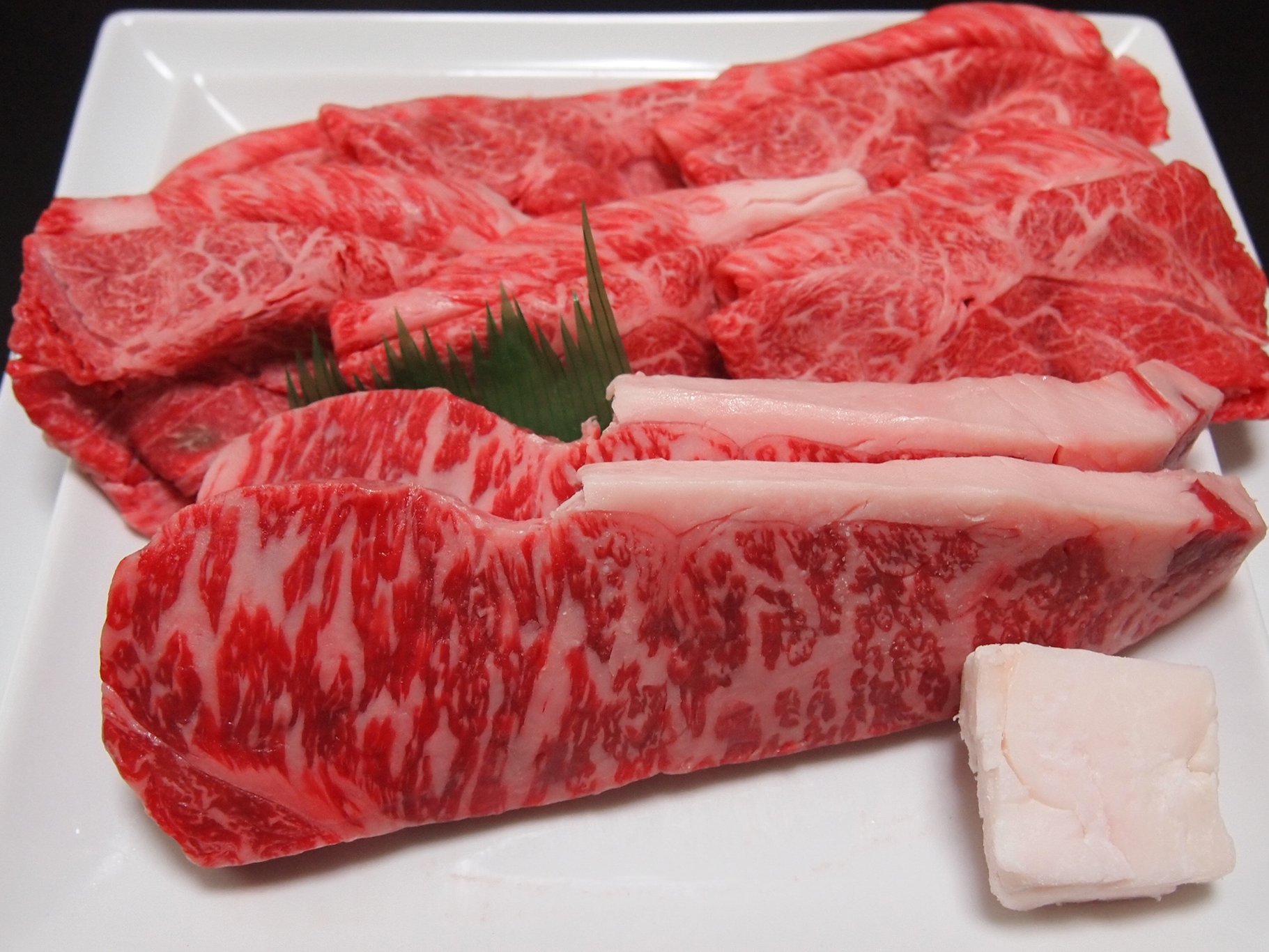The Best of the Wurst: Nine Iconic Sausages
Whether lamb or beef, pork or veal - the terrific variety of sausages delights us all. We present nine iconic sausages from around the world.
Salsiccia – Italy
Whether salsiccia is not only one of the best sausages in the world, but also the oldest, has not yet been established with absolute certainty. But since its precursor is clearly mentioned in the writings of Cicero, it can confidently be called a classic.
Grilled, this delicious sausage fills the room with wonderful aromas; fennel, garlic, wine, pepper and sometimes coriander. Chefs often slit open the casing to release the sausage meat, which usually consists of pork and (sometimes) wild boar, depending on the region. Sautéed and run through pasta or risotto this a divine way to enjoy sausage.
Käsekrainer – Austria
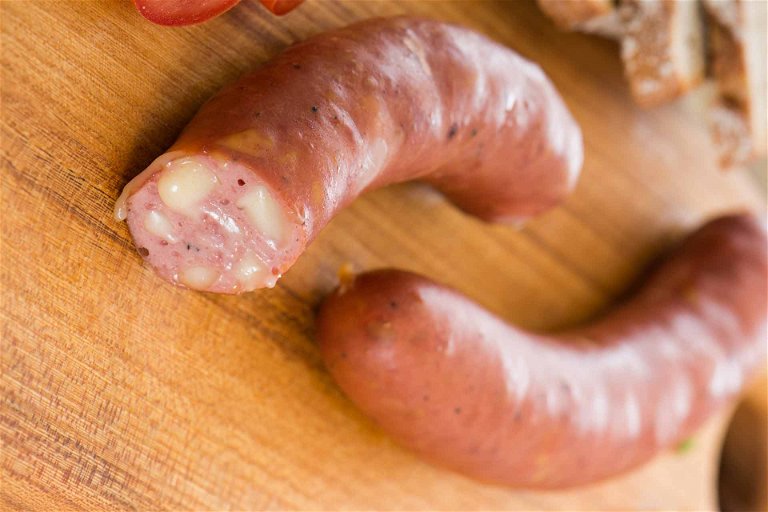
Sausage styles are a often a local custom, but what if you made one with the cheese which slowly oozes out during cooking forming a crispy crust? We have to be grateful to two butchers from Austria who came up with this ingenious idea in the 1970s.
Otherwise, we would never have been able to enjoy Käsekrainern, the most Austrian of all sausages. A staple of sausage stands and football stadia, these smoked sausages filled with Emmentaler, are served like hot dogs with mustard or tomato ketchup. Needless to say these tasty fat bombs with their hot juicy innards have become a national classic in less than 50 years.
Andouillette – France

This French sausage is one for connoisseurs or the adventurous. It will appeal to offal lovers and lovers of tripe, because it consists almost exclusively of the stomach and intestines of pigs, sometimes also of calves, meticulously cleaned, of course.
Having been sliced, scalded and seasoned the intestines are hand threaded into the casing and and then simmered for several hours before being served. Part of French ancestral cuisine where nearly every part of the animal was cooked and eaten, it is something of an aquired taste.
The abbreviation "AAAAA" is a guarantee of quality - from the 'Association Amicale des Amateurs d'Andouillette Authentique' (Friendly Association of Lovers of Authentic Andouillette) an association of butchers, restaurateurs and journalists that was first set up in the 1950s as a joke, but now it takes it role in preserving this traditional sausage very seriously indeed.
Cumberland Sausage – England
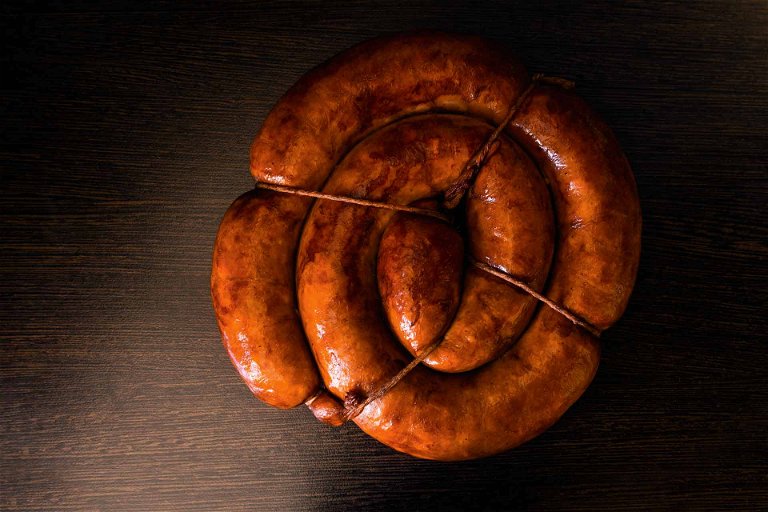
The British sausage icon now has protected designation of origin (PDO) which recognises its regional homeland in the north west of England, Cumbria. The meat for this coiled sausage is traditionally chopped by hand rather than minced which gives the juicy sausage a particularly meaty texture.
Its shape may well have been influenced by the German immigrants of the 16th century who came to work in the mines. For Cumberland sausage the minimum pork content must be 80% and the casing can only be natural pig's intestine. The meat is commonly seasoned with black and white pepper, marjoram, nutmeg and sage. Best grilled or braised it is the classic ingredient for bangers & mash.
Weisswurst – Germany

There's a culinary equator in Germany - the Weisswurst equator - very roughly and rather humourously it delineates southern Bavarian culture, language, food and beer from the more northerly regions. And there's a reason the equator is named after the white sausage. When to eat it? Never after 12 noon. How to eat it? Never in a baguette or bun or cut into pieces with a knife and fork. Only a Bavarian can initiate you into the ways of Weisswurst.
Traditionally this back bacon and veal sausage, lightly spiced with parsley, lemon, ginger, onion and mace is gently warmed in water for 10 minutes and served with a sweet mustard. The reason they were not eaten after 12 noon is that the sausage is neither smoked nor dried and so had to be eaten as fresh as possible. They are the original Bavarian elevenses - that midday snack to keep the wolf from the door.
Sai Krok Isan – Thailand
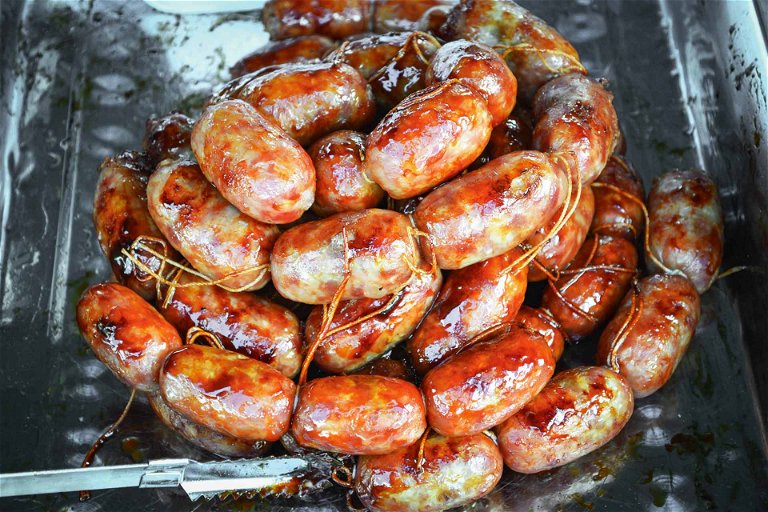
Thailand's legendary fried sausages are made from a mixture of pork, sticky rice, garlic, salt and pepper. Their very special, characteristic taste is explained by the fermentation to which the sausages are subjected. The rice acts as a culture for the malolactic bacteria and the sausages are left to hang in the fresh air for a few hours or even a few days whilst they ferment.
The abundant salt added prevents the spread of unwanted bacteria and prevents the meat from going off whilst the malolactic bacteria convert the rice sugars and acids giving the sausage its distinctive sourness. They are traditionally grilled on skewers and eaten for breakfast, or as a snack, with fresh chillies, ginger and raw chabis leaves.
Merguez – Morocco
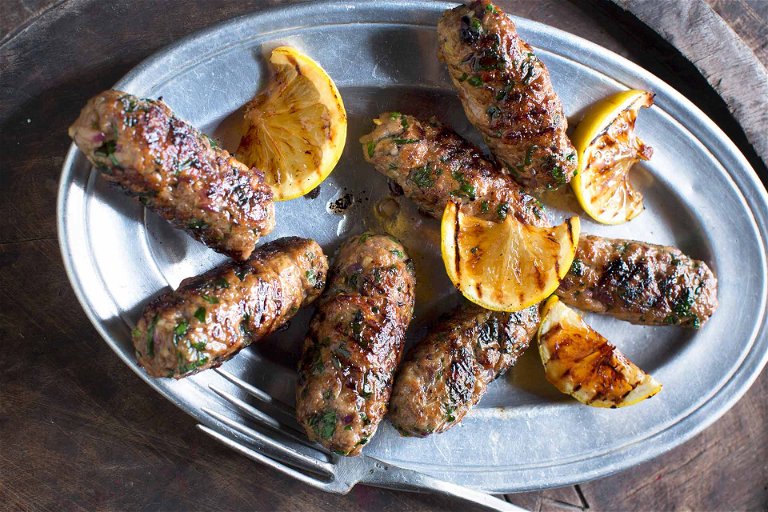
St. Galler Bratwurst – Switzerland
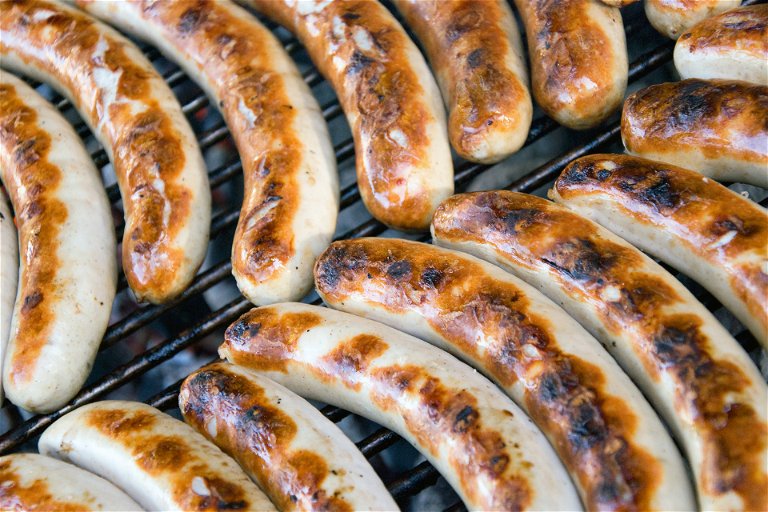
The Spanish may like to mock the German sausage-eating nation, but in truth they are big sausage fans themselves. Almost every region has its own speciality, the best known being the sausage of the autonomous community of Castilla y León in the heart of Spain.
From the city of Burgos comes morcilla, a blood sausage stuffed with rice and seasoned with hot paprika. There are several variations, such as the one from Salamanca, which is filled with pine nuts instead of rice. The sausage itself is usually eaten sliced and fried (preferably in Spanish olive oil) or grilled, accompanied by a glass of Rioja and some bread. Three-star chef Dani García from Andalusia combines it with razor clams making a truly fantastic dish.
Merguez sausages are long, thin sausages tasting distinctly of North Africa. Notably they are never made from pork, but from a mixture of minced lamb and beef, and contain a wide range of spices that tickle the European palate; cumin, garlic, harissa and hot paprika, making them very piquant and spicy.
Via the Moorish influence in France, this ingenious sausage recipe has found its way to other European countries, where it has long since been integrated and adapted by local butchers. Nevertheless, should you find yourself in Paris, the popular bistro dish Merguez Frites should not be missed. Or, of course, you could take the Orient Express to Morocco...
Hardly any sausage polarises as much as the St. Galler Bratwurst. With mustard or without, that is the crucial question. The people of St. Gallen agree that the fine sausage, whose meat consists of a quarter each of veal, pork, bacon and milk, should never, but never, be eaten with mustard.
The rest of the country disagrees. The sausage is classically seasoned with salt, white pepper, mace and grated nutmeg. According to the IGP guidelines, it may only be produced in the cantons of St. Gallen, Appenzell Ausserrhoden and Innerrhoden as well as in Thurgau. Its history dates back to 1438. A sausage with history.
Morcilla – Spain
